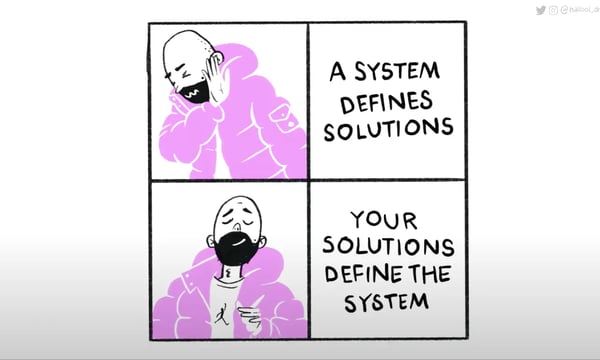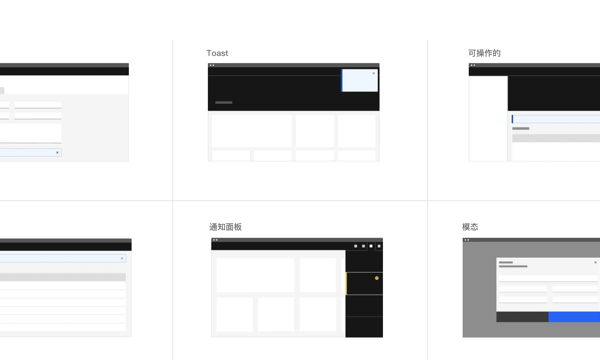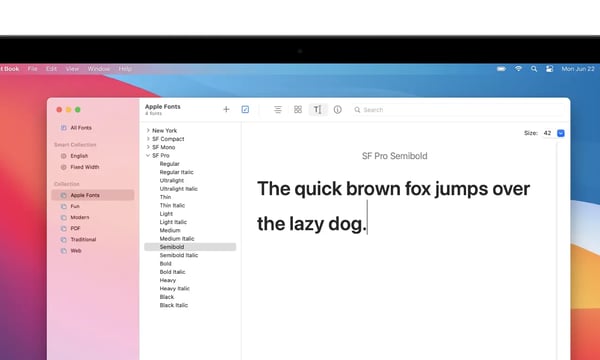这些产品有新的迭代:
· Telegram
- 新版本支持自定义会员自定义动画emoji,并顺势推出emoji平台
- 支持互动点触互动
- 另外支持会员赠送了

· 微信
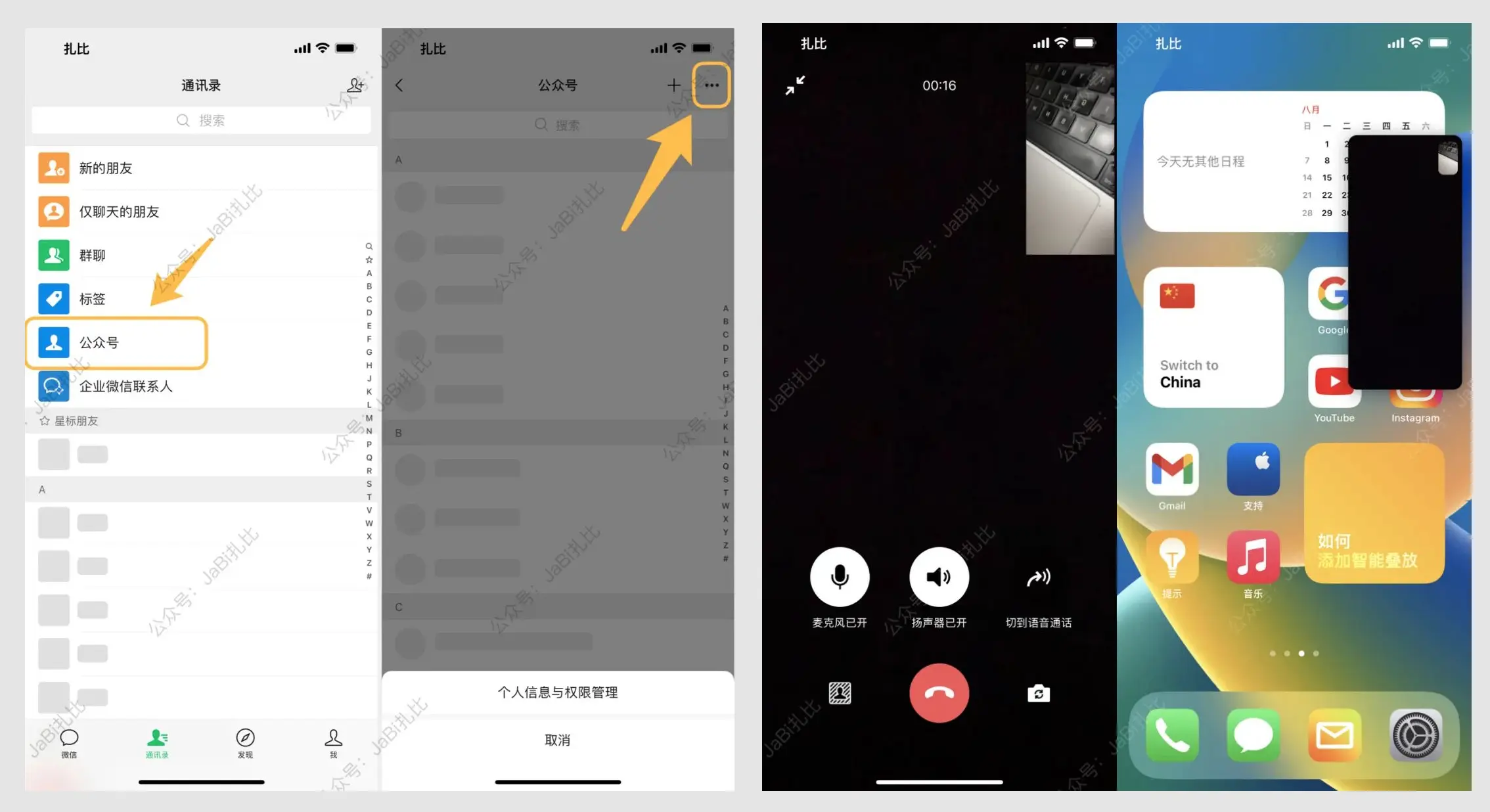
· Spotify
- Spotify 重新设计 了主页,兼顾音乐和播客。
- 另外他们正在将随机播放作为一个独立按键。
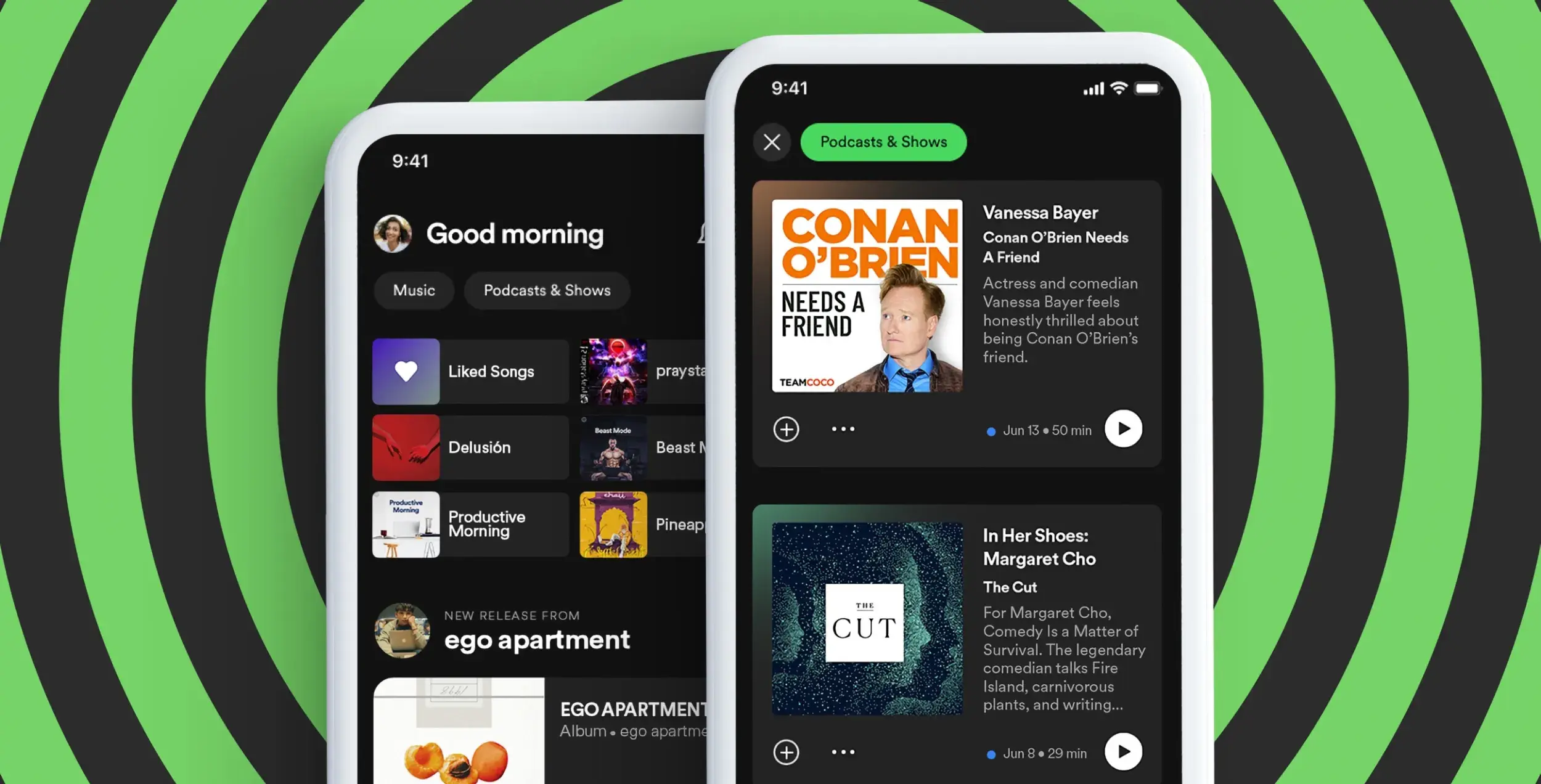
· 其他更新
- 即刻发布新版本,推出 会员信箱。
- QQ 8.9.5 开始测试 App 个性图标,超级会员 SVIP 专属。
- Messenger推出 端对端加密备份。
- Twitter计划推出 临时密码 功能。
- Snapchat 家庭监管 版本发布,父母查看孩子的通讯录,但不能看消息。
- 1password 移动端发布新版本,正式更新了 8系列的主视觉。
- Netflix计划推出 广告投放 业务,每千次浏览收费 80 美元。
近期值得关注的产品:
· dimensional
非常有意思的人格测试、分析和匹配交友软件。

· Super
Meta公司正在内测的直播平台,正在小范围创作者中内测。

先分享最近让我眼前一亮的设计和设计师:
SOUND OF THE EART
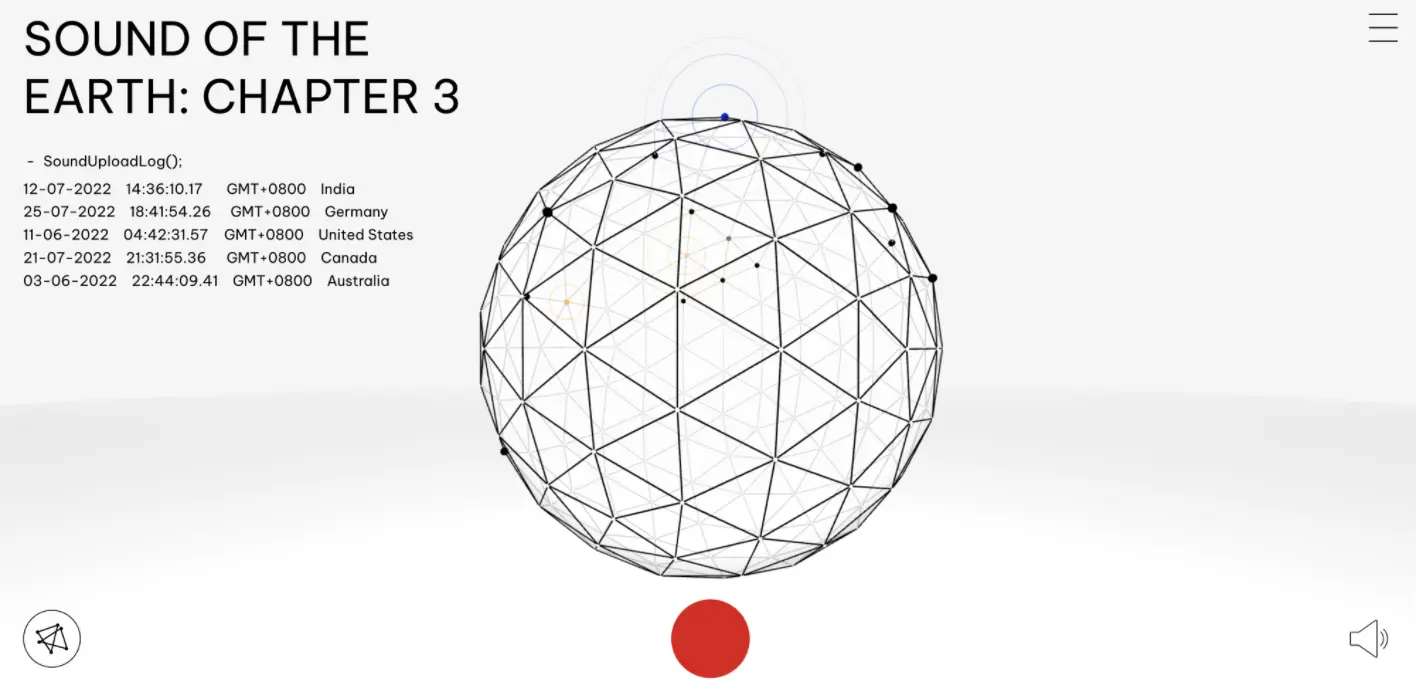
大家可能都想到过这个idea,设计一个网站能让全世界的人上传一段音频并被其他人听到。这个网站恰到好处地实现了这个主意。用户上传的音频经过了处理,混合了白噪音。左边跳动的地理位置和地图上前进的轨迹都加深了我们与耳机里声音的连接感,交互体验很棒。
美中不足的是,是重复感有点强。
设计师:Lu Yu
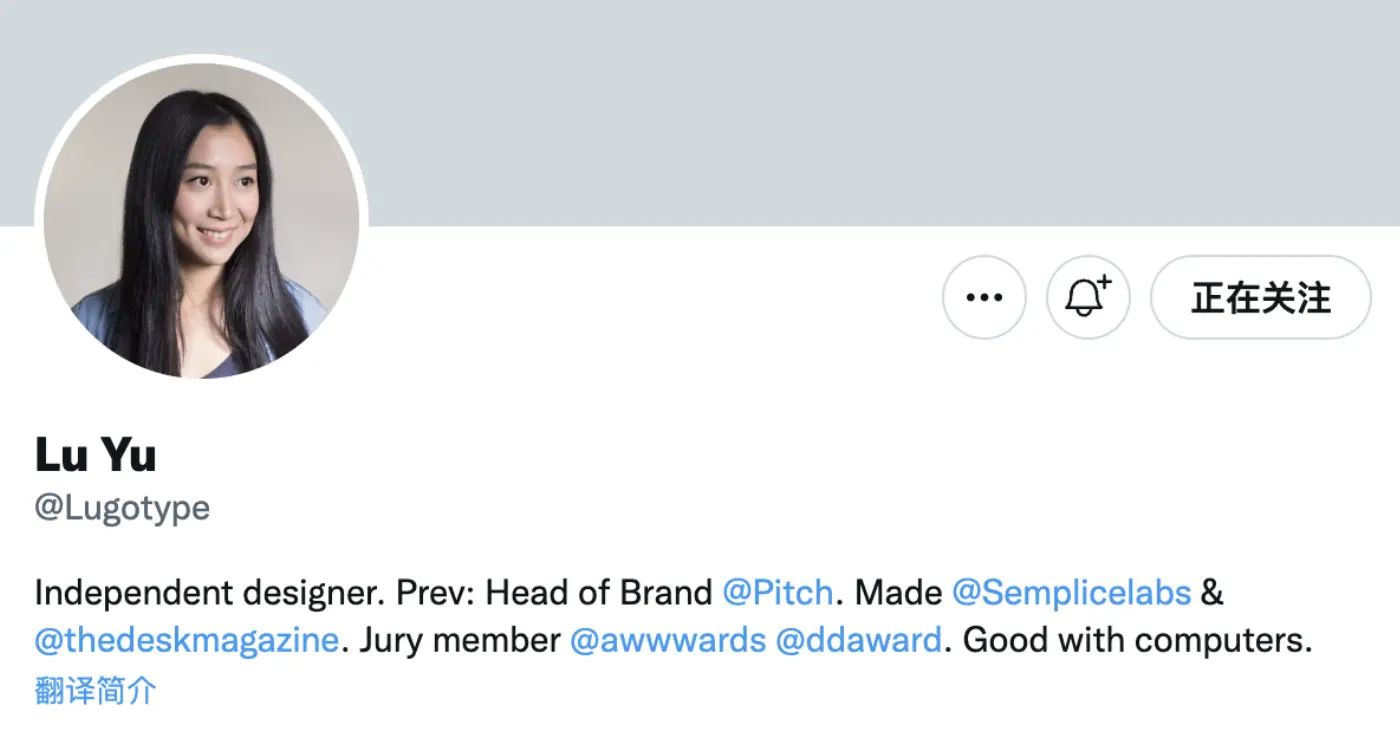
第一次被吸引是看见Lu Yu设计的个人收费单(没错她辞职做自由职业者了),是我非常喜欢的设计了。
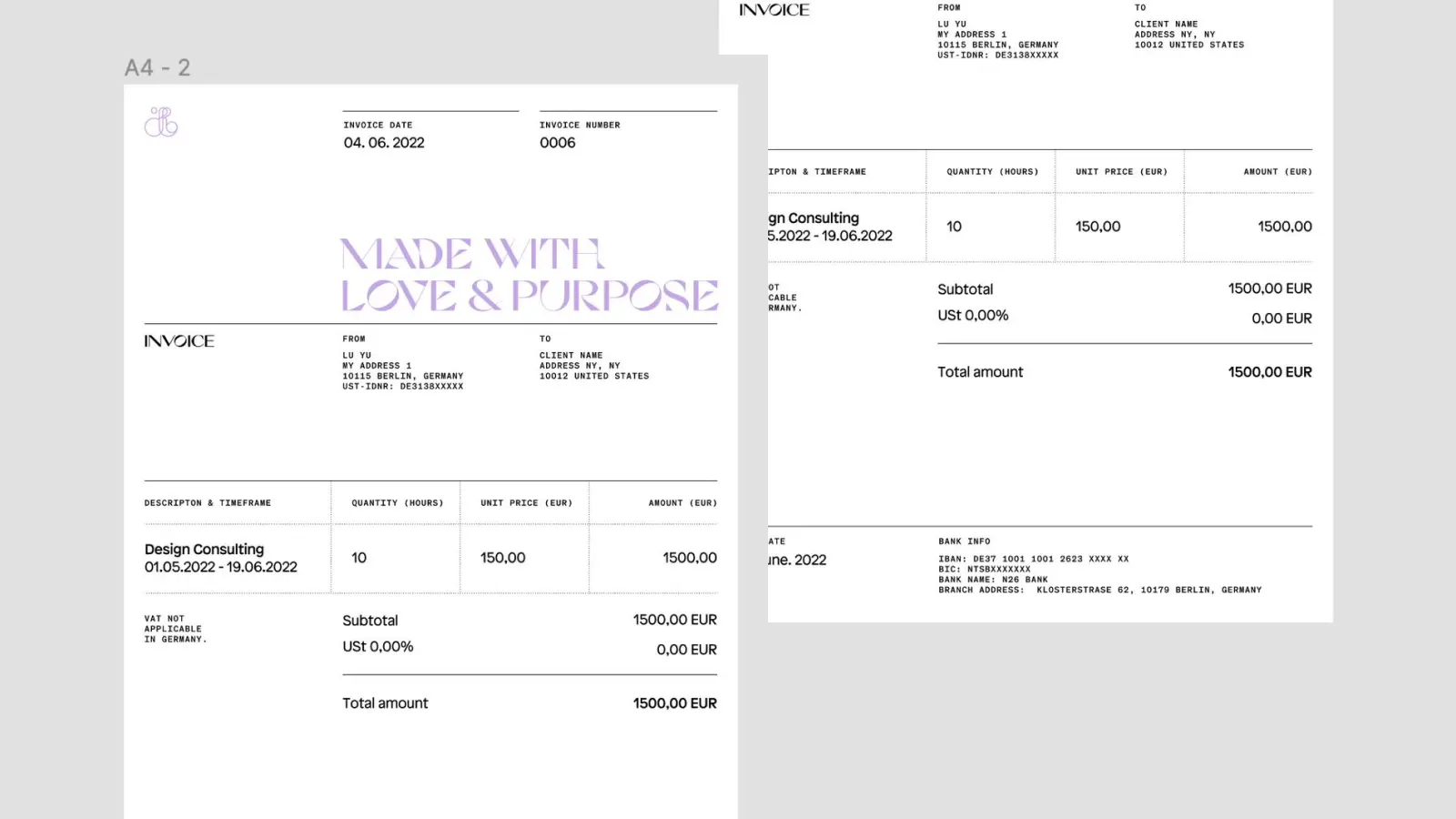
Reading:Why I no longer care what people “like” or “don’t like”
为什么做设计过程中我不再关心大家说的“喜欢”和“不喜欢
https://uxdesign.cc/why-i-no-longer-care-what-people-like-or-dont-like-a021524a442e
在设计沟通中,”喜欢“与”不喜欢“最大的问题在于我们无法理解背后的原因,这样的表述没有包含任何语境。我在社交媒体上经常看见大家贴出两种不一样的设计稿,问大家喜欢哪个设计。回复大多数就是:”我更喜欢X“,就没有然后了,很少有人询问设计背后的商业目标、产品用户或其他细节。
User experiences are a consequence of their internal state, the characteristics of the designed system and the context within which the interaction occurs.
Marc Hassenzahl & Noam Tractinsky
那么我们需要关心哪些语境去帮助我们实现更好的商业需求和用户期望呢?
- Physical context 物理因素: location, environment, device…
- Social context 社会因素: culture, language, identity…
- Internal context 内部因素: knowledge, motivation, disability…
- Technical context 技术因素: product functionality, quality…
- Task context 任务因素: complexity, goal, multitasking…
- Temporal context 突发因素: duration, timing, urgency…
我们很难指望我们的用户、同事、上级能给予如此详细的设计反馈,如何引导大家去“解释”他们的“喜欢”和“不喜欢”,作者积累了一些经验:
- Okay, can you tell me more?
- Can you tell me what you like about it?Can you tell me what you don’t like about it?
- You like it?You don’t like it? (the echo technique)
不再询问用户“喜欢”和“不喜欢”,而是提问更加能聊和更加开放的话题:
- What’s the first thing you notice?
- What do you make of this?
- Do you feel this was designed with you in mind?
- What’s missing?
- How well does this meet your needs?
- Considering your expectations, how does this fall short?
- What are your thoughts about this?
- What are your thoughts about the [insert quality measure]?Examples: clarity, completeness, accuracy, helpfulness, appeal, etc.
最后
当我们意识到“喜欢“和”不喜欢“变得无用时,可以通过” 可行性测试“和” 语境研究策略“来帮助我们更好地制定符合商业目标与用户体验的设计决策。
